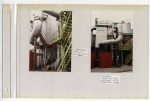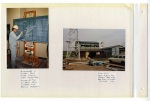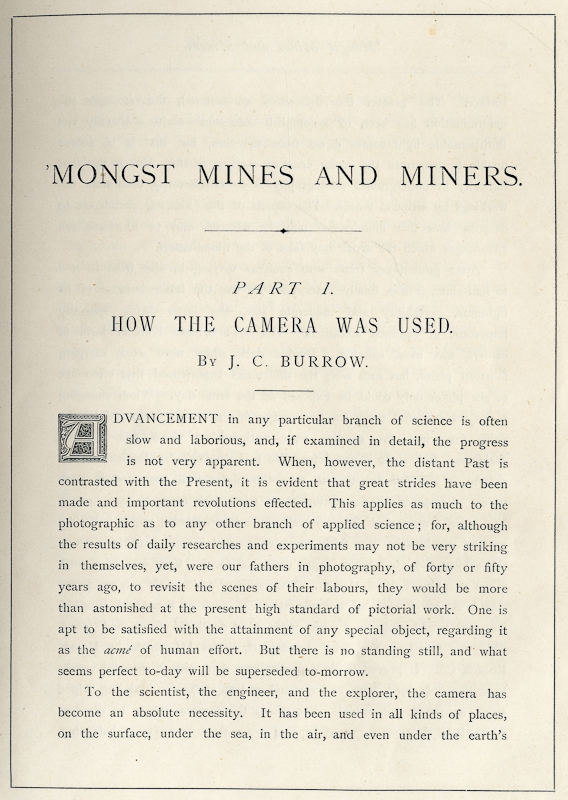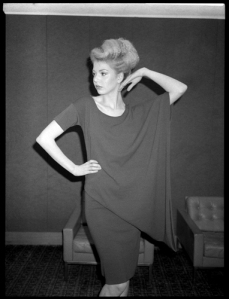As part of this weeks #Phonar workshop I was asked by Jonathan Worth to create multimedia piece exploring transformative storytellying. Using only archive material either personal (Family) or public archive sources, that has not been used for news circulation. http://phonar.covmedia.co.uk/
I chose a personal set of photographs from a family member and a major turning point in world history. His vision one that purely ameture, but looking back stylistically has the feeling of photojournalistic approach of the 50/60/70s .
Serving in the British Forces between 1916-1918. A man from a ‘The worlds biggest coal mining town’ Ashington in Northumberland, Egypt in 1917 must have seemed a world away. Yet he recorded with beauty the things he found interesting and important, both socially and politically, while sadly wishing he could be anywhere but where he was.
This piece is not the final draft and is to be revisited, replacing some of text with voice overs.
Images © Aaron Guy
Design & Soundscape created by Aaron Guy with sounds found on http://www.freesound.org/
WW1 information via links below John Robson is family information.
http://www.bbc.co.uk/history/worldwars/wwone/middle_east_01.shtml
http://www.cambridge.org/gb/knowledge/isbn/item5964627/?site_locale=en_GB
Amazon.com: Eden to Armageddon: World War I in the Middle East (9781605980911): Roger Ford: Books
http://yourarchives.nationalarchives.gov.uk/index.php?title=The_Arab_Revolt
http://www.britishempire.co.uk/maproom/palestine.htm
Unseen Films: Blood And Oil: The Middle East In World War One (2006)
YouTube – World War I: Middle Eastern Theatre 1/4
YouTube – World War I: Middle Eastern Theatre 2/4




















































